The impact of hydrogen sulfide on generator sets
Hydrogen sulfide (H2S) is a colorless, toxic, flammable gas with a strong odor of rotten eggs. When the volume content of hydrogen sulfide in the air exceeds 0.1%, it can cause poisoning symptoms such as headaches and dizziness. Hydrogen sulfide (H2S) has strong corrosiveness to metals such as iron and is also prone to adsorbing metal surfaces and interacting with various metal ions to form insoluble sulfide precipitates.
When biogas is burned, the H2S in it can also be converted into highly corrosive sulfite mist, which can pollute the environment and corrode machinery and equipment. At the same time, H2S has strong corrosiveness to metal pipelines, combustion equipment, detection equipment, and instruments in humid environments. Therefore, before biogas can be used, the H2S contained in it must be removed. When using biogas for power generation, the hydrogen sulfide in the biogas will cause serious corrosion to the intake pipeline, turbocharger, intercooler, spark plug, cylinder liner, exhaust pipe, and muffler of the biogas generator set, affecting the lifespan of the unit. So before biogas enters the generator unit, it must undergo biogas pretreatment to reduce H2S to the allowable range of the unit in order to ensure the reliable operation of the unit.
2. The impact of moisture on generator sets
In the process of using biogas for power generation, if the moisture content of biogas is too high, it will lead to excessive loss of intake pressure of the generator set. In severe cases, it can cause engine power fluctuations, cylinder knocking, shutdown, and seriously affect its service life. Its specific manifestation is:
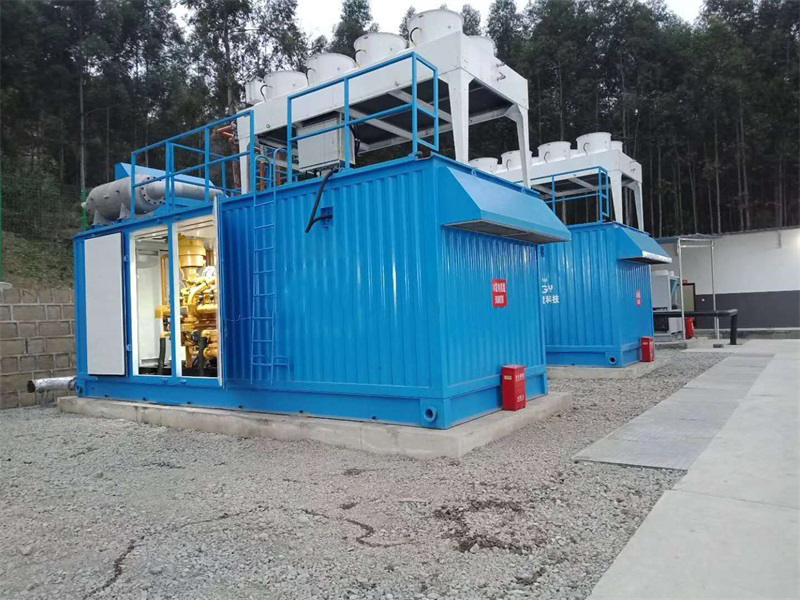
(a) Difficulty in engine ignition;
(b) Reduce the temperature of the combustion chamber and reduce the efficiency of the internal combustion engine;
(c) Due to the presence of reactive gases such as water vapor, the power consumption of turbocharging increases;
(d) The combination of water vapor and other acidic substances produces intermediate products that corrode the machine itself, shorten its service life, and reduce its reliability.
3. The impact of solid impurities on the generator set
Dust is the most widespread and harmful pollutant in the atmospheric environment. Dust is a clearly restricted impurity in engines, and its main impact is:
(a) Blocking the pipeline, poor circulation, increased pressure loss, and increased operating costs;
(b) Increase mechanical wear and reduce equipment service life.
Solution
In response to the requirements of the engine for biogas, installing a processing system in front of the biogas engine to solve the contradiction between the gas source side and the gas consumption side is currently an effective method to solve the utilization problem of biogas generator sets, mainly manifested in the following two aspects:
1. Reduce the relative humidity of the gas
The removal of moisture, considering specific circumstances, can be simply divided into two parts: the removal of condensed water and the removal of uncondensed water. The former can be achieved by using a steam water separator, while the latter is more complex to achieve. Currently, there are mainly the following methods:
(a) Low temperature dehumidification: By using refrigeration equipment to reduce the temperature of the gas, the water vapor inside is condensed and then discharged from the system;
(b) Adsorption: Use an adsorbent with strong adsorption effect on water to analyze the water in the gas;
(c) Membrane filtration: A membrane material with a special structure is used to separate water from the gas under specific conditions.
2. Reduce the content of gas impurities
Impurities in gases are relatively complex components, and as they are specific to the utilization of the engine, the determination of impurities is mainly based on the requirements of the engine, including the following:
(a) Sulfur removal:
The removal of sulfides mainly composed of hydrogen sulfide mainly involves three methods: physical, chemical, and biological. The physical method mainly refers to the physical adsorption method for desulfurization, which is easy to operate but often requires a large area of equipment, and the adsorbent needs to be regenerated. Chemical method refers to the solidification of sulfur through chemical reactions. Currently, there are dry and wet methods, and the main difference is whether the physical form of the reactant is solid or liquid. Biological desulfurization is currently a relatively emerging method, whose main principle is to cultivate suitable bacterial strains in reaction tanks, which use sulfides as nutrients to fix the sulfur in them. For gases with low sulfur content, using physical adsorption or dry desulfurization is generally more economical and practical, and the operation is simple.
In addition, according to China's environmental standards, when biogas is used as energy, the H2S content in biogas should not exceed 200mg/Nm3. Therefore, after the desulfurization treatment of biogas, a biogas analyzer needs to be used for real-time online monitoring of the H2S content in the biogas, providing real-time and accurate data reference for the owner, helping them optimize and adjust the biogas pretreatment process, improve the intake quality of the biogas generator unit, and ensure that the H2S content meets the requirements of biogas power generation.
This article is organized and published by the Environmental Energy Biogas Generator Unit. Have you gained some understanding of these contents? For more information, please click on: We will have more exciting content waiting for you to check out.

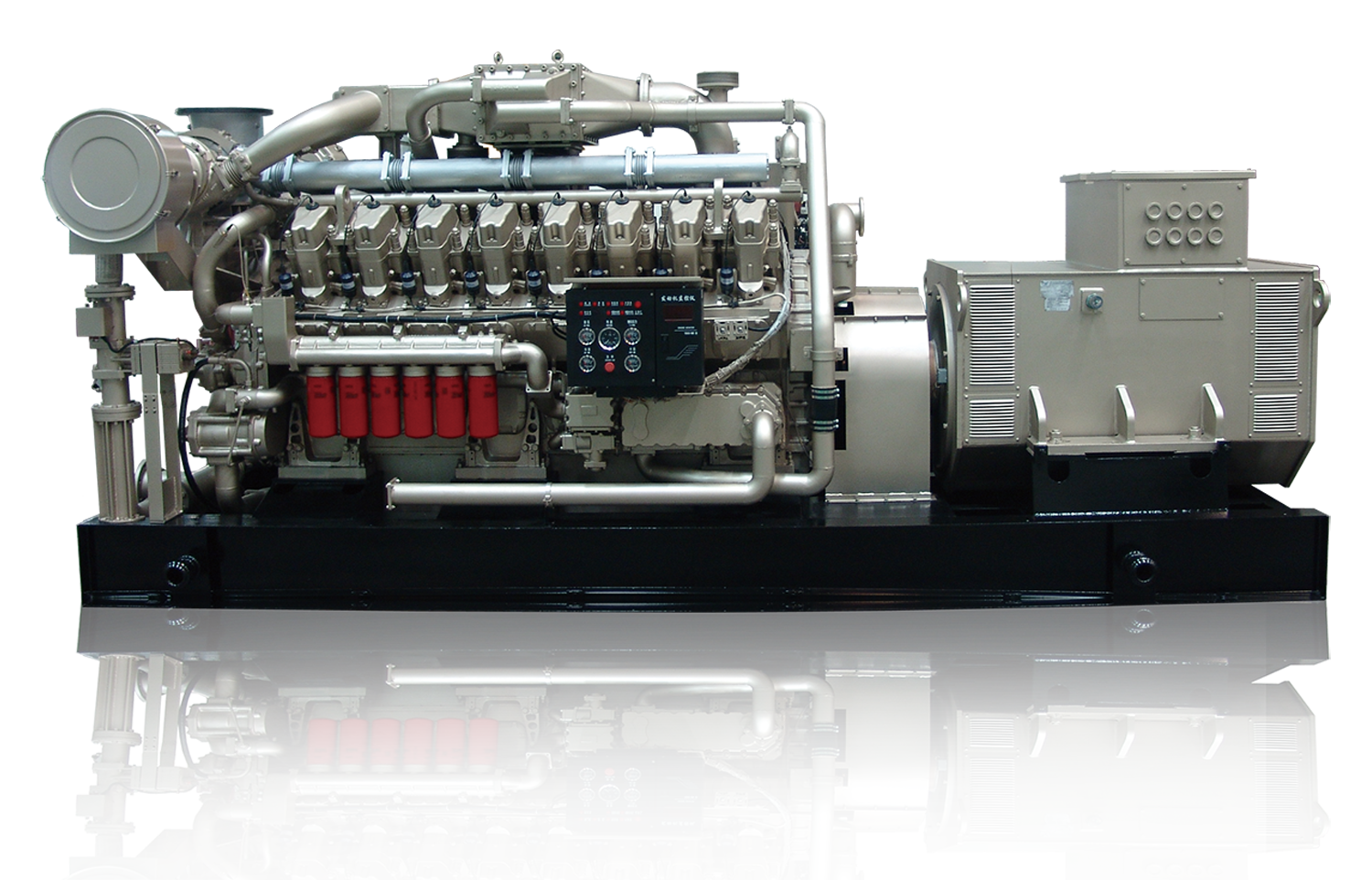
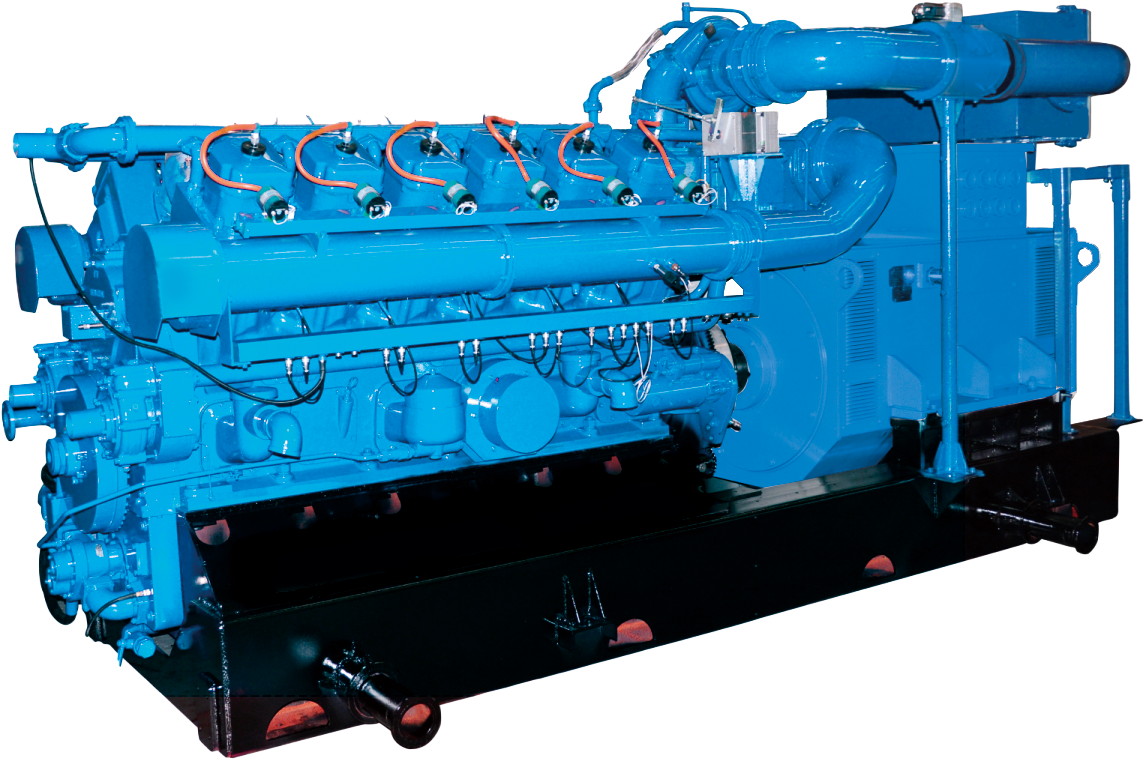
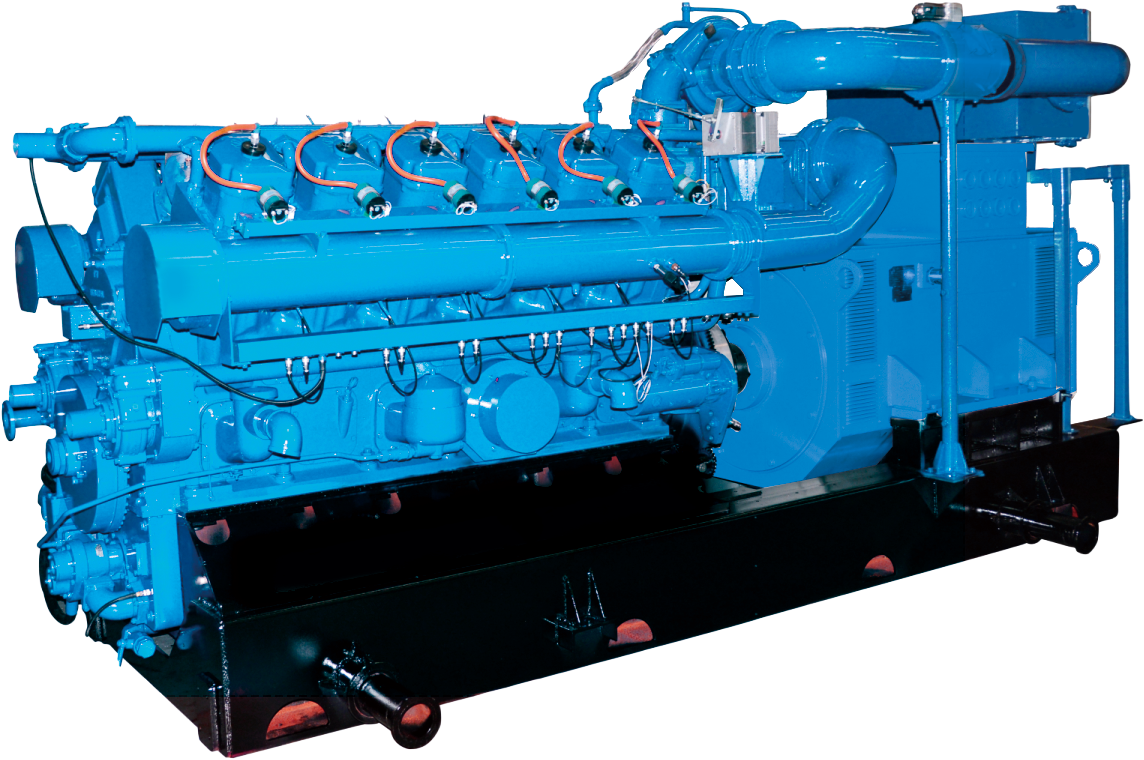


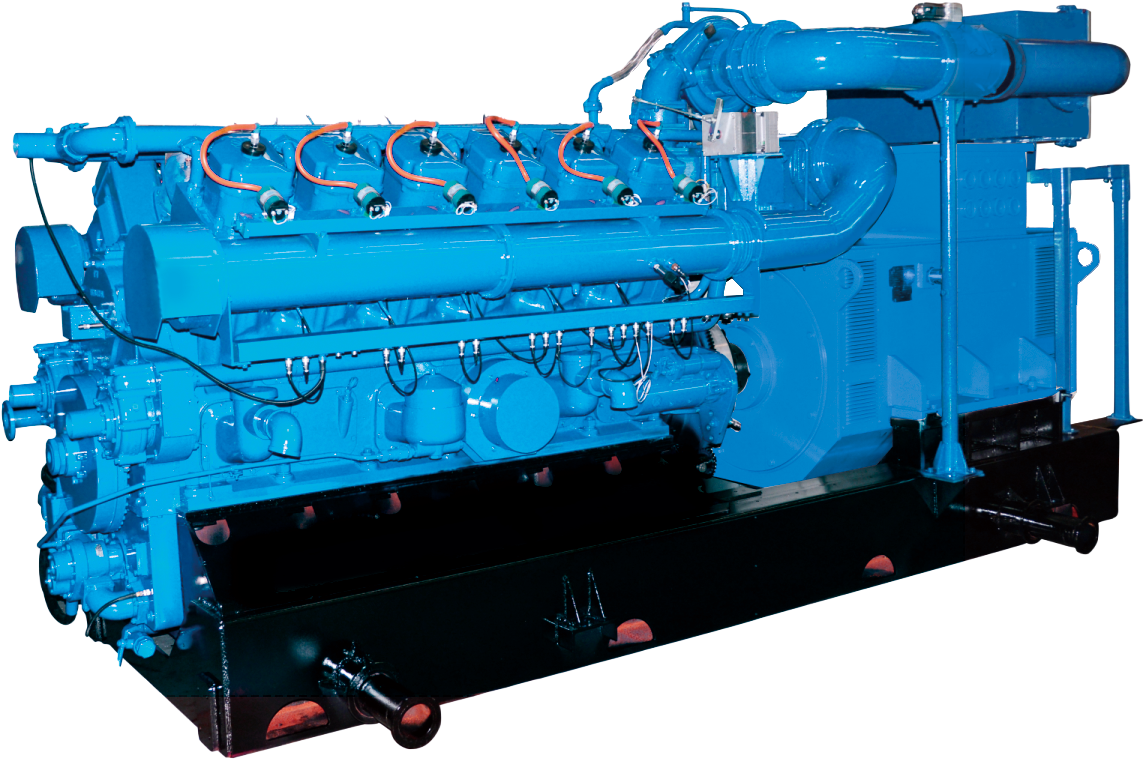
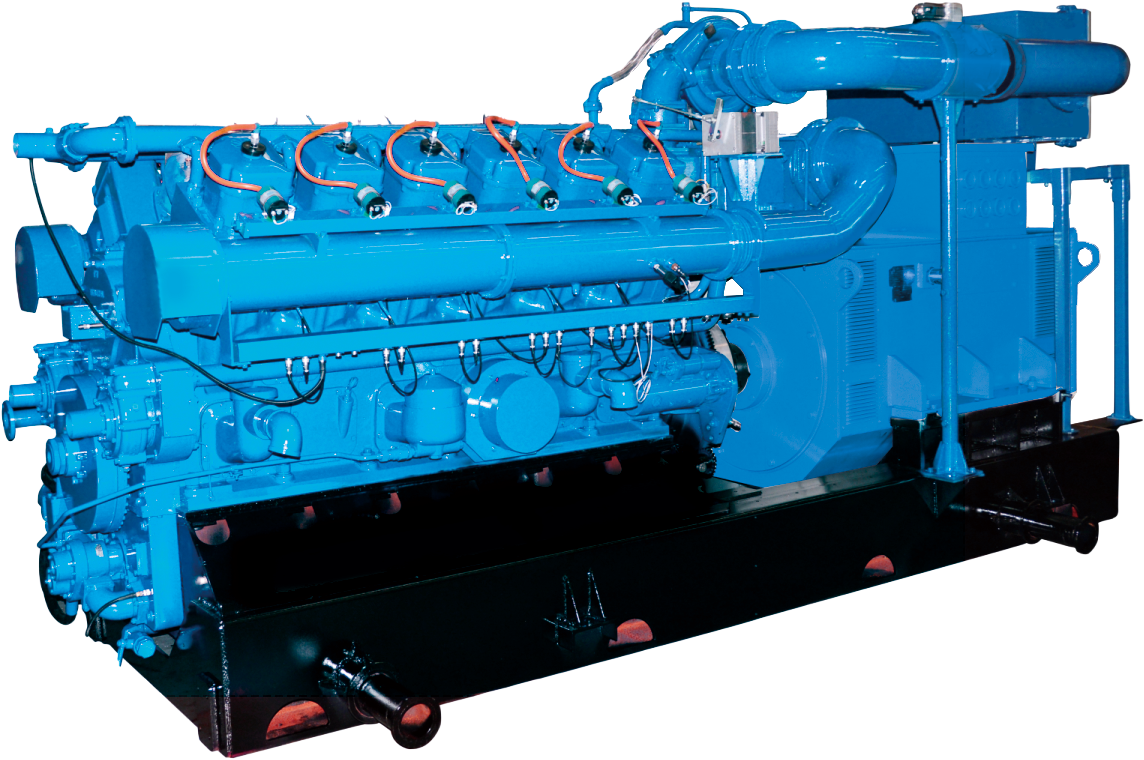
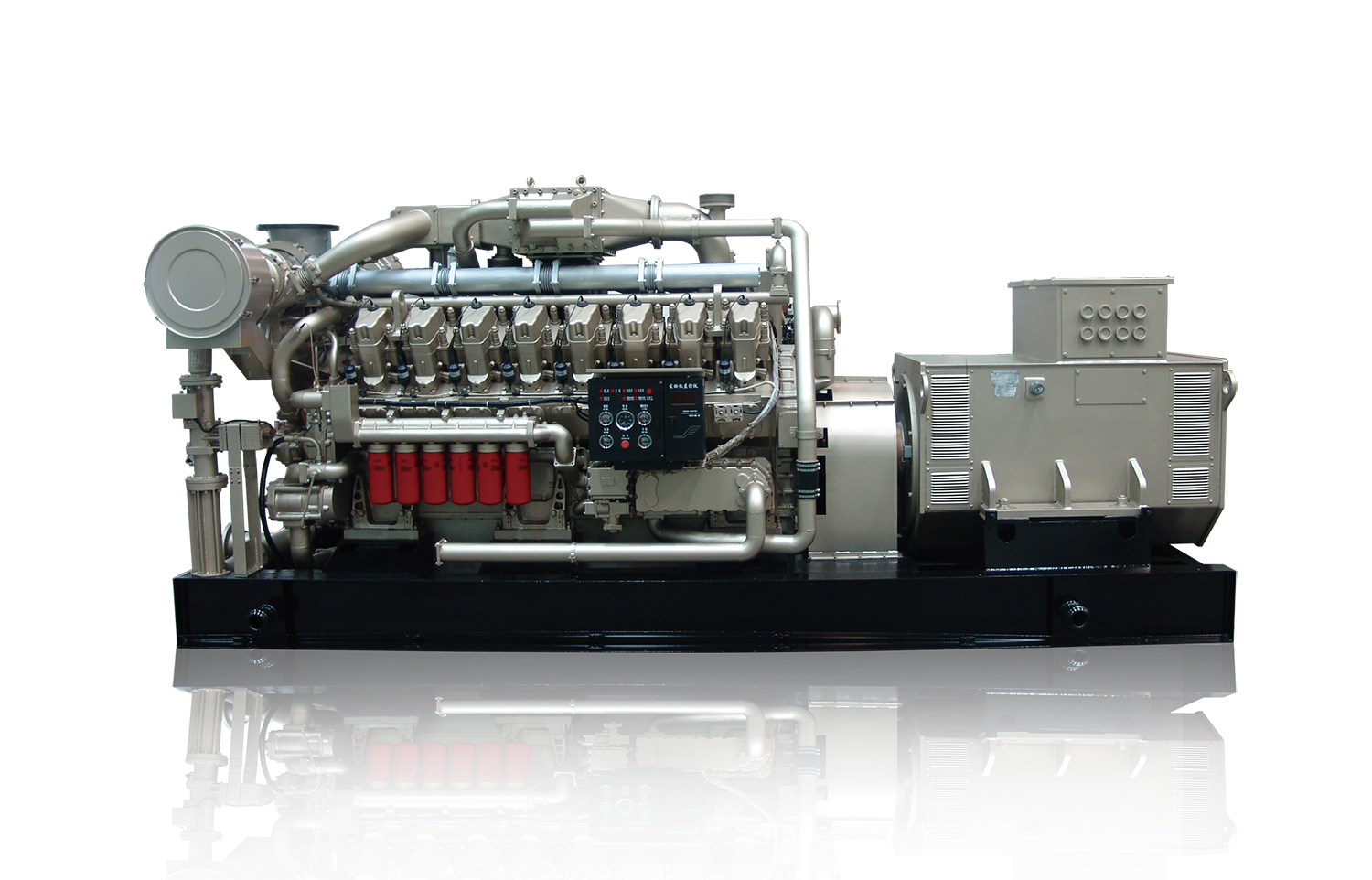
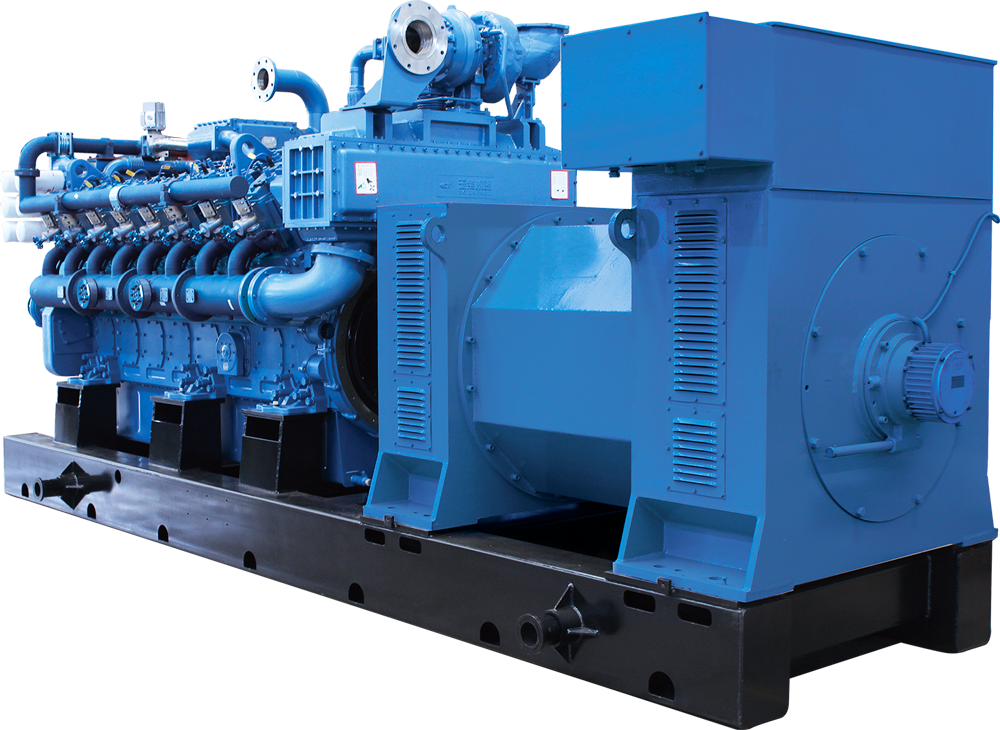


 Tel:0531-69953988
Tel:0531-69953988  Add:101, Building 5, Liandong U Valley Science and Technology Innovation Center, Zhangjin Comprehensive Bonded Zone, No. 33688 Jingshi East Road, Suncun Street, Jinan Area, China (Shandong) Pilot Free Trade Zone
Add:101, Building 5, Liandong U Valley Science and Technology Innovation Center, Zhangjin Comprehensive Bonded Zone, No. 33688 Jingshi East Road, Suncun Street, Jinan Area, China (Shandong) Pilot Free Trade Zone

